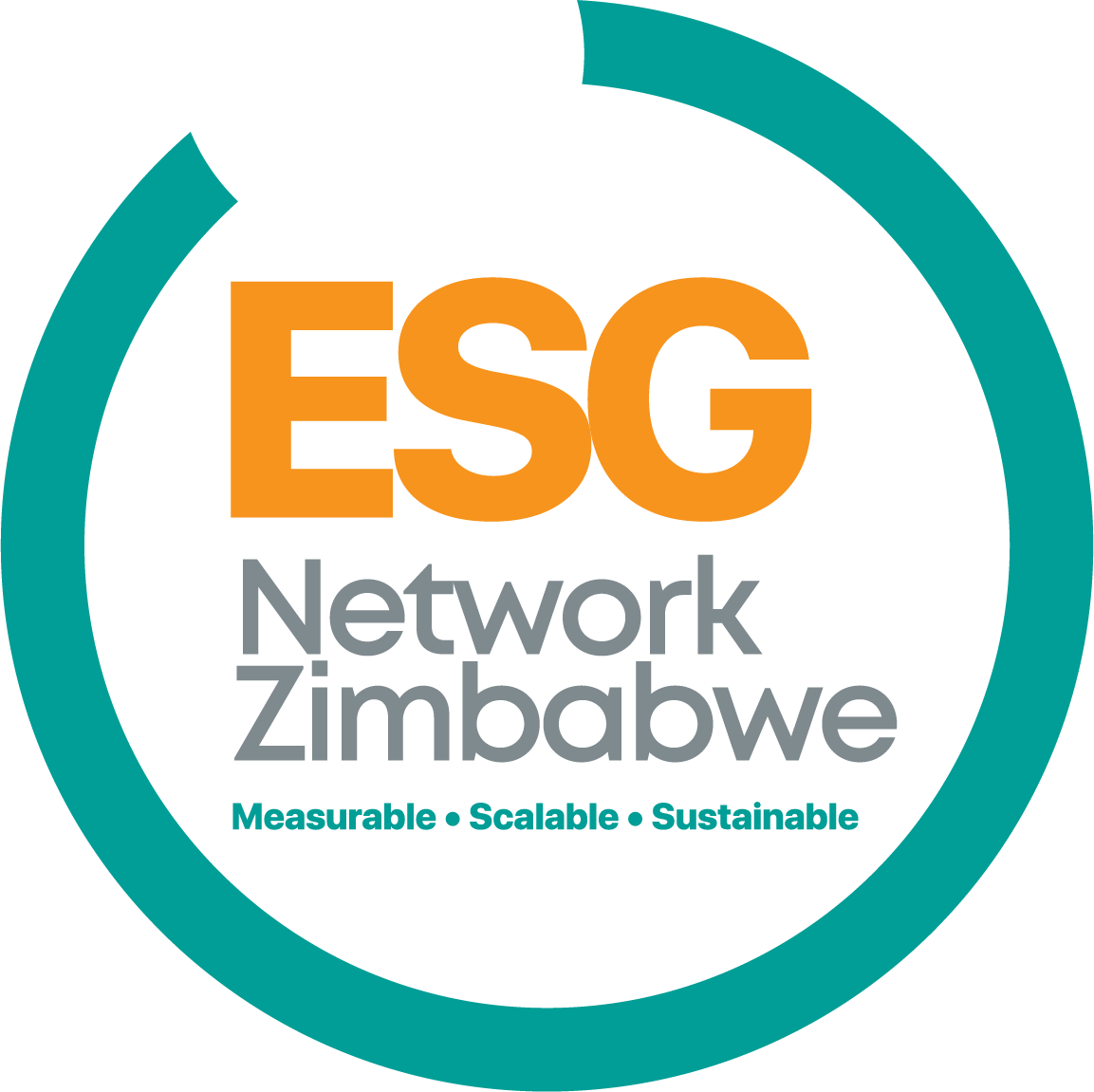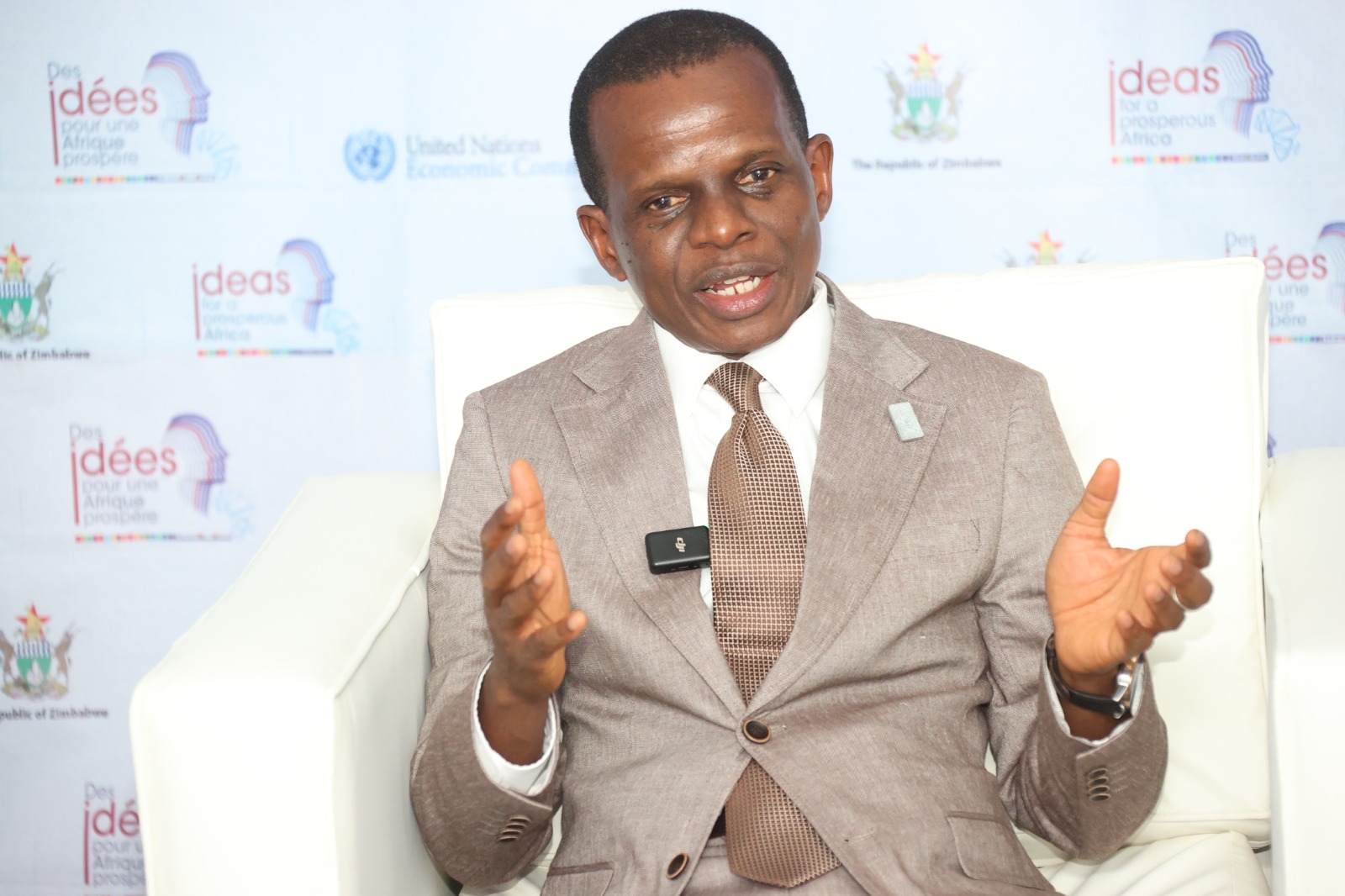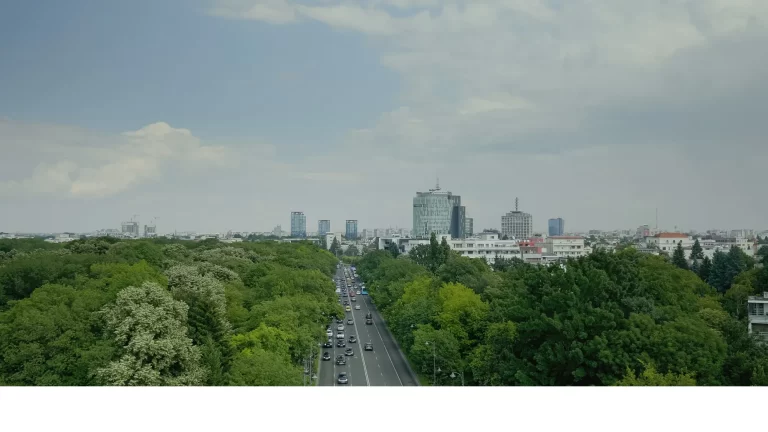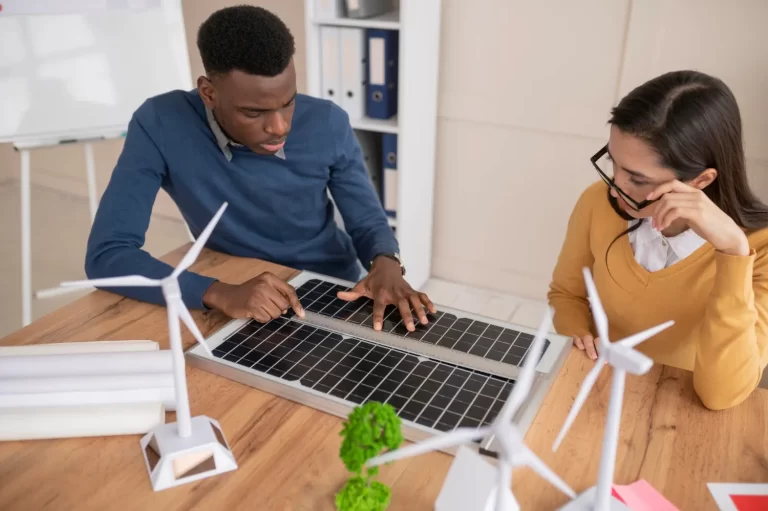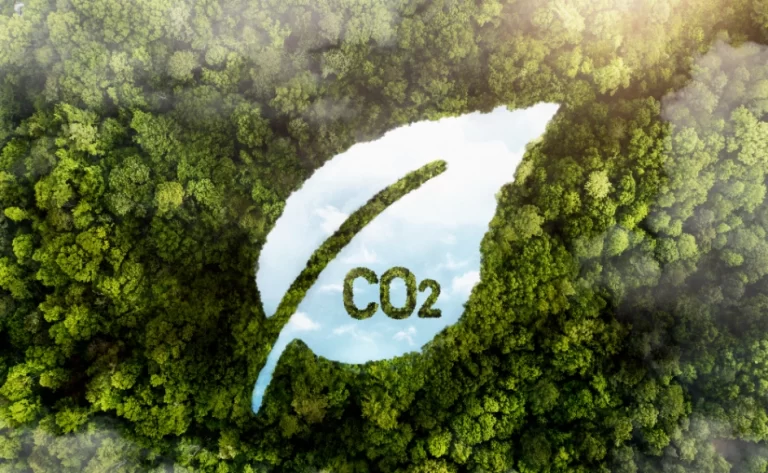HARARE – The Economic Commission for Africa is currently pushing for the establishment of regional stock exchanges for carbon credit trading to address some of the shortcomings being seen as countries trade individually.
The chosen stock exchange, according to Antonio Pedro, UNECA deputy executive secretary, Programme Support, will trade in local currency, with Afreximbank’s PAPs providing the layer of support in settlements. Pedro told FinX on the sidelines of the UNECA conference in Victoria Falls this week that conversations around establishing an asset class for carbon credit bonds on regional stock exchanges had started.
“Through trade on the stock exchange, we can address some of the shortcomings that we find when we trade individually. Issues such as capacity, tradability, efficiency, and transparency will be tackled once these credits are listed.”
He said currently, ECA, together with its development partners, are busy looking at the architecture in terms of where in Africa the stock exchanges can be located.
The organisation is also currently working with the Congo Basin Climate Commission with a view to creating a credit carbon registry for the region.
Africa has vast amounts of carbon stored in its ecosystems, with the Congo forests—dubbed one of the three lungs of the world together with the Amazon and the Indonesia forests—being able to absorb about 1.2 billion metric tonnes of CO2 each year.
The Congo Basin holds roughly 8% of the world’s forest-based carbon.
Pedro said Africa is on the cusp of an opportunity to develop a voluntary carbon credit market that will boost climate action while enabling value creation and fostering sustainable livelihoods for communities. “We need to collaborate and coordinate on these actions, tapping the opportunities in carbon trading but with the assurance that Africa gets the right price for trading its carbon on the global credit markets.”
He noted that at present, African carbon credits are selling at less than US$10 per tonne compared to US$100 for European credits. “We are price takers, that’s why we are exploited, as it were. But we can become price makers because the assets are here. The Congo has the best inland carbon sequestration per square meter in the world. We need to harness these resources.”
On its part, Zimbabwe is forging ahead with plans to set up a viable carbon credit trading framework. Carbon credit trading in Zimbabwe is mainly through the Reducing Emissions from Deforestation and Forest Degradation initiatives. In addition, there are other non-forest-based carbon credit projects, such as renewable energy and clean cooking technologies, that have raised resources through the sale of carbon credits.
This week, the Ministry of Environment announced that it had received 13 applications for new carbon credit projects in the forestry, regenerative agriculture, waste, and energy efficiency sectors.
According to the weekly Cabinet briefing, six of the projects had passed the assessment by the Climate Change Management Department, and developers were now drawing up detailed design plans. Eight pre-existing projects were also subjected to a similar assessment by the regulator, which recommended that all the project design documents be realigned in order to conform with SI 150 of 2023 specifications.
The SI provides for the State to take as much as 30% of carbon-credit revenue, with the balance going to investors.
Pedro said the organisation was also looking at launching biodiversity credits. “I am sure you will say; it’s also just talk. But there we can be the price makers because it is still a novel product. There, the continent has an opportunity for a positively different outcome.” Biodiversity credits are improvements in biodiversity that are not tied to losses elsewhere. The idea is to develop a market to channel public and private funding into the restoration of nature.

